Pan Based Carbon Fibers Size
PAN Based Carbon Fibers Market Growth Projections and Opportunities
Many market factors affect the dynamics and growth of the PAN-based carbon fibers market. PAN Based Carbon Fibers Market was worth USD 3.24 billion in 2020 and is expected to reach USD 7.9 billion by 2030 at a CAGR of 11.6%.
Growing sustainability and environmental awareness also affect the PAN based carbon fibers market. Demand for eco-friendly materials has increased as governments and industry worldwide reduce carbon footprints. Carbon fibers made from PAN are recyclable and last longer than other materials, meeting these sustainability aims. This rising emphasis on environmental responsibility has pushed carbon fiber production research and development to improve sustainability and reduce manufacturing environmental effect.
The global economy and trade also shape the PAN-based carbon fibers industry. Economic statistics, trade disputes, and geopolitics can affect manufacturing. PAN-based carbon fiber manufacturers actively monitor these parameters because they affect raw material prices, production costs, and product pricing. Market geography is also affected by trade agreements and tariffs, which affect firms' competitiveness.
Technological advances in carbon fiber production techniques drive market growth. Research and development are improving PAN-based carbon fiber performance to make them more flexible and cost-effective. New precursor materials, spinning methods, and carbonization processes could transform the sector, allowing new applications and market growth. Continuous research keeps PAN-based carbon fibers at the forefront of innovative materials, satisfying end-user expectations.
PAN-based carbon fibers are also shaped by market restrictions and standards. To assure product safety, quality, and compliance, regulatory organizations set criteria when industries embrace these materials. Manufacturers must follow these requirements to win market approval and consumer trust. Stringent environmental and worker safety requirements in manufacturing affect market dynamics, encouraging corporations to invest in sustainable practices and follow safety measures.
The competitive landscape and market consolidation affect PAN-based carbon fibers market dynamics. Key competitors' strategic activities, mergers, acquisitions, and alliances shape the market's structure and competitiveness. To stay competitive, market leaders engage in R&D, fostering innovation and setting industry standards. This dynamic competitive climate fosters product improvement and keeps the PAN-based carbon fibers industry lively and responsive to new trends and challenges. In conclusion, industry demand, sustainability concerns, economic conditions, technological advancements, regulatory standards, and competitive dynamics shape the PAN-based carbon fibers market.
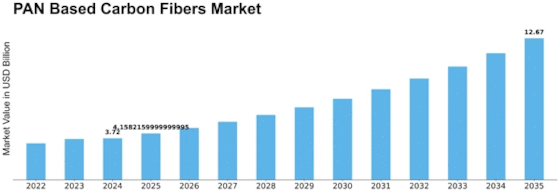

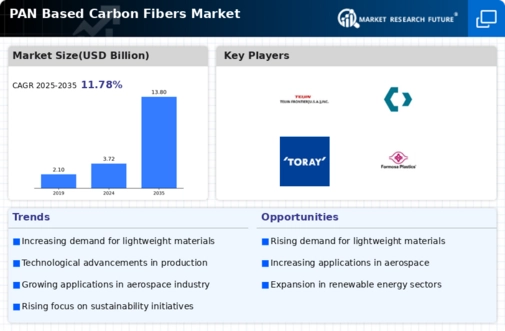
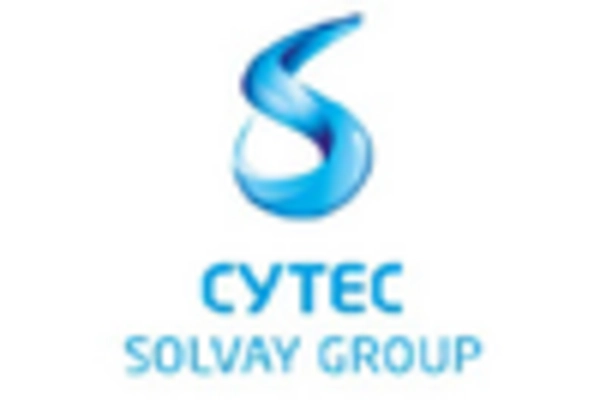
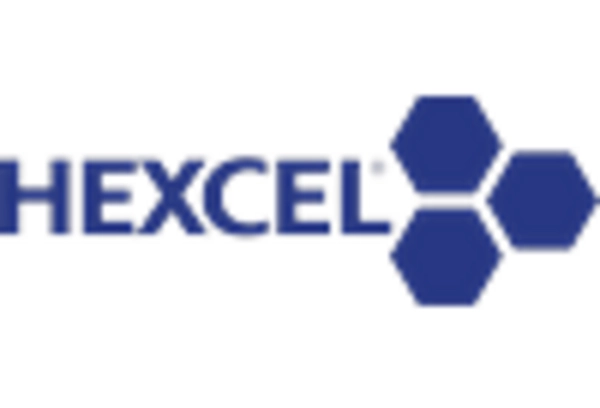
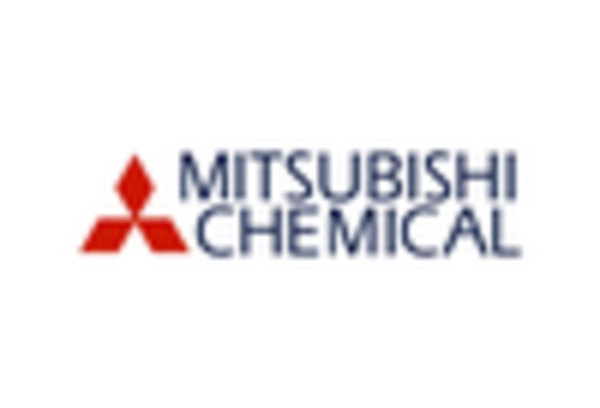
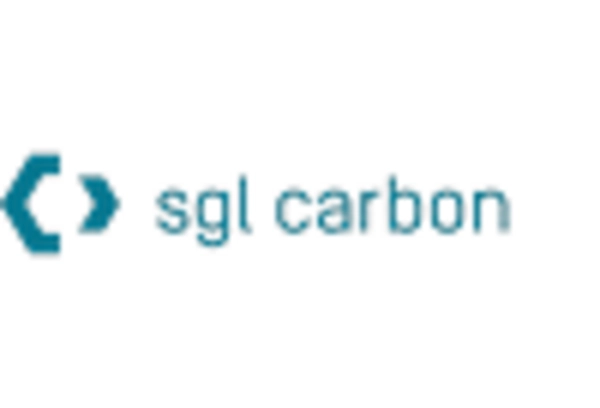
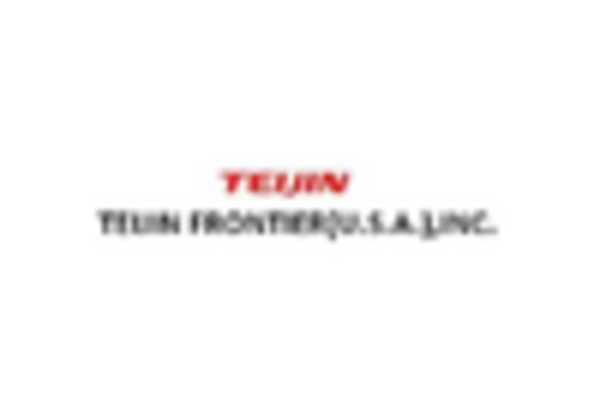
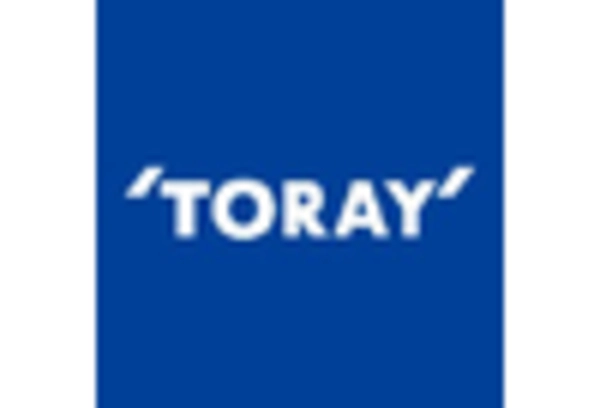









Leave a Comment